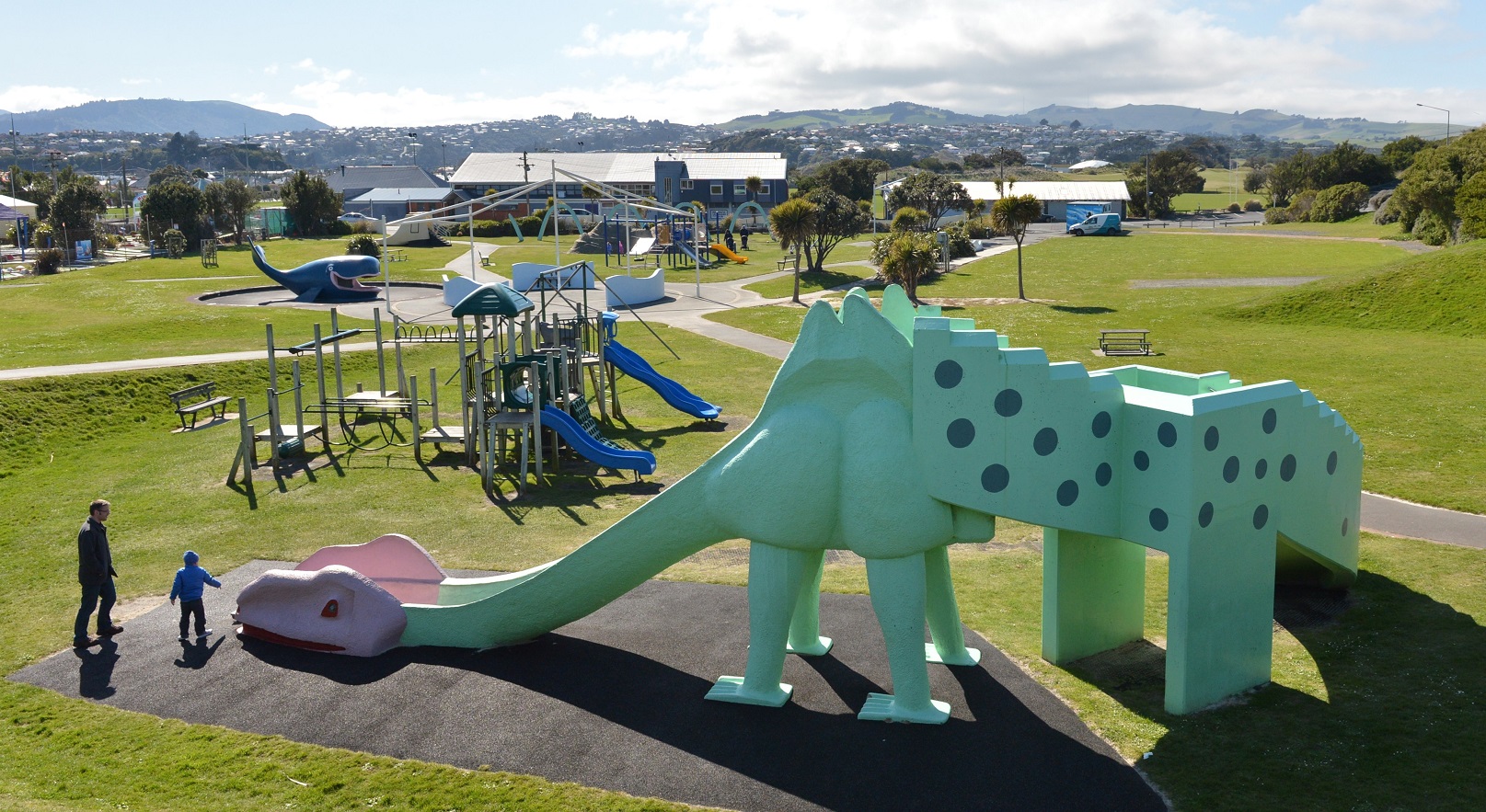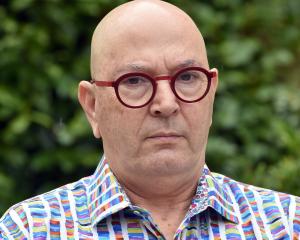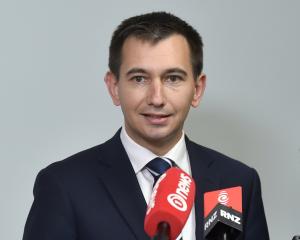
Cancer Society health promotion adviser Linda Buxton addressed the Dunedin City Council during a public forum yesterday, and asked councillors to consider adding shaded areas to its destination play spaces plan in order to protect children against the dangers of UV radiation and melanoma.
"More vitamin D, but get the balance right," she said.
The council has been upgrading neighbourhood playgrounds, but it is now looking at investing in larger "destination" playgrounds similar to other places around the country, such as the Margaret Mahy Family Playground in Christchurch.
Council asked the public to give their view on the plan and feedback closed on October 31.
"Shade is an important infrastructure tool if we want to turn back time on skin cancer.
"Sunburn is particularly risky during childhood, and the more sun burns the greater the risk [of skin cancer]," Ms Buxton said.
She was disappointed the recently upgraded Fairfield skate park, which cost $300,000, lacked built-in protection from the sun and came without "one piece of shade" over the featured area.
Ms Buxton said Marlow Park, in St Kilda, was another playground that needed to be addressed as there was little-to-no shaded area over the equipment.
According to the Cancer Society, in 2019 Dunedin had the second highest rate of melanoma cases in the country per 100,000 people.
Presently only melanoma skin cancers are required to be notified to the Ministry of Health.
However, the Cancer Society says across the country there is an estimated 90,000 new cases of non-melanoma skin cancer annually.
"Aotearoa has the highest death rate of melanoma in the world ... here in the southern district we have higher rates of melanoma than many other districts," Ms Buxton said.
She said the city needed to take responsibility for protecting youth, as not everyone did the "slip, slop, slap and wrap".
Ms Buxton said if built shade was to be implemented it needed to extend beyond the play equipment to also protect children from indirect UV light.
Other forms of shading suggested were strategically placed trees, in groups of three or more with large canopies, roofing and shade sails.
"Our hospitals are full of people with melanoma," Ms Buxton said.
Advertisement













